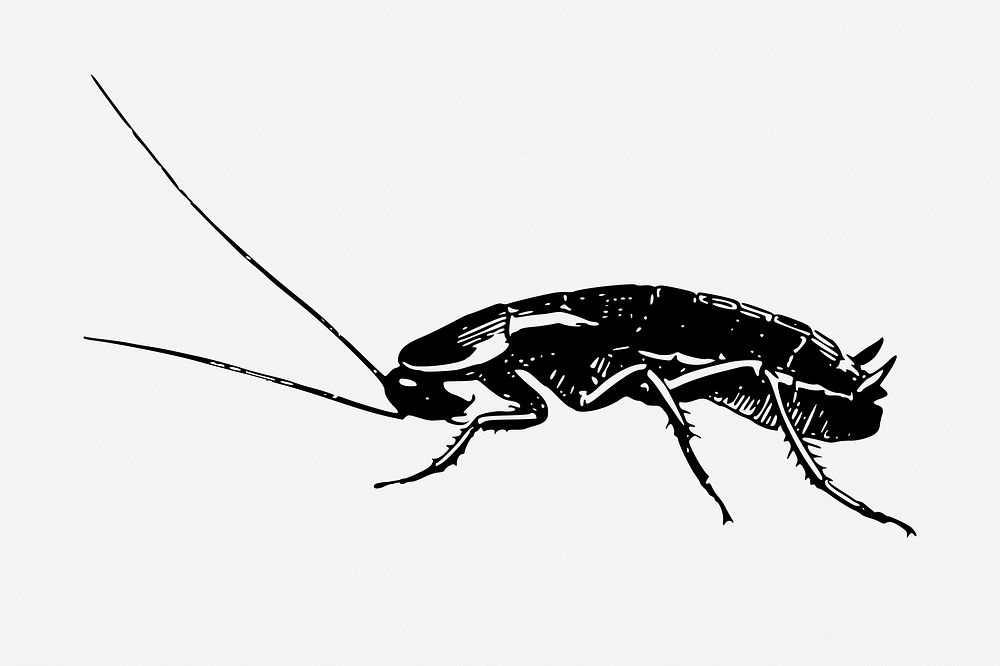Netflix’s Adolescence isn’t much unlike Kafka’s Metamorphosis.


Spoilers ensue, for both Adolescence and The Metamorphosis. This is where you stop reading if you must.
I had the fortune of watching the much-trending series Adolescence on Netflix a few hours back, and I can’t stop thinking of how well they’ve sewn the story’s concept into a simple yet compelling plot.
Over the four hours that I spent enjoying the series, I couldn’t help but draw many parallels with Franz Kafka’s well-known novella, The Metamorphosis. As I later watched some behind-the-scenes clips of how they pulled off each episode in one single shot, I decided to draw the parallels — and there were quite a few, to my amazement.
Before I list some of my observations, here’s a short review of both stories:
-
Adolescence:
The series revolves around the aftermath of the arrest of 13-year-old Jamie Miller (performed brilliantly by 15-year-old Owen Cooper) for the murder of a classmate, Katie. It explores the ripples this incident creates through Jamie, his family, and the town; it also manages to be a great commentary on the hypocrisy of society. It boils down to sending the message that the mind of a child is quite fickle, easily prone to being molded by the wrong hands — especially in the age of information that we live in. -
The Metamorphosis:
In this novella, our protagonist Gregor Samsa wakes up one morning to find out that he has more appendages than he wants — he has turned into a monstrosity, an enormous insect. The story revolves around Gregor’s struggles with his family, who alienate his new form. Over the course of the book, they start to see Gregor’s replacement as a burden. It would be a great injustice to delve into the intricacies in such a short paragraph.
Transformation
Both Jamie and Gregor wake up to a change that would shift the course of their lives—an event that can be described as, fitting as it would be, metamorphic.
While in the case of Jamie, the raid and subsequent arrest is well-deserved as revealed soon, we as watchers face the same emotions as we do when reading about Gregor turning into an insect with no explanation. It raises questions in our minds—what just happened, and why?
That being said though, one cannot compare innocent Gregor’s tragedy with Jamie’s choice—it is, however, an interesting parallel to draw.
Acceptance
Gregor finds himself suddenly at odds with his family, having turned into an insect, and as soon as he dies in his insect form, his family accepts it promptly. Not much later, they are quite glad about the riddance. Even Gregor’s sister, Grete, becomes colder towards him at the end.
While this coldness is completely absent, this isn’t altogether different compared to the last episode of Adolescence in which Jamie decides to change his plea.
Towards the end, Jamie’s parents, Eddie and Manda Miller, sit together wondering where they went wrong and accept their son’s fate as it is. They even end up watching a movie as a happy family—however bittersweet the situation is.
The father, the mother, and the sister, in both cases, go on with their lives after the “final blow” that the protagonists face.
Alienation
Both the Samsa family and the Miller family face judgment from society, when they aren’t at fault at all.
Gregor’s father begins to live more shabbily, and his sister has to stop her education. Soon enough, they take in three boarders who pay them rent. On finding out about the insect that lives in the house, the boarders curtly leave without paying their dues. This is subtext for societal judgment. The family tries their best to stage a performance of normalcy to ensure their place in society isn’t hampered further.
Similarly, Jamie’s family faces many challenges after his arrest. Whether it be their nosy neighbour or the vandals who paint over Mr. Miller’s van, society makes sure that the family suffers for the alleged crimes of their son—a modern version of the boarders from The Metamorphosis. The family becomes a scapegoat for the cold-blooded viciousness of society.
Isolation
This is a rather loose parallel—but as we see with Gregor throughout the book, Jamie too shows signs of isolation from society, as seen during his interview in the third episode.
While Gregor tries to communicate but simply cannot, as he doesn’t possess a human larynx, Jamie shouts and demands, but there is still a lack of communication.
Jamie doesn’t have the choice to express what he needs to, but rather what is needed for his proceedings. We see the isolation from society having affected his mannerisms and constraint over his emotions, which he’s seemingly not very proud of either. There’s much to read into it, which perhaps needs an article of its own.
Conclusion
Adolescence and The Metamorphosis are both interesting takes on social contingency. While both explore starkly different concepts, in a way, Adolescence modernizes Kafka’s work.
I wonder if some of the creative decisions in the series were inspired by Kafka. To think that something written a hundred years ago would resonate with something I watched over lunch and dinner is a strange feeling.
Ultimately, Adolescence serves as a reminder that the intricacies explored by Kafka a century ago continue to stay relevant in our fast-paced, media-run modern world.